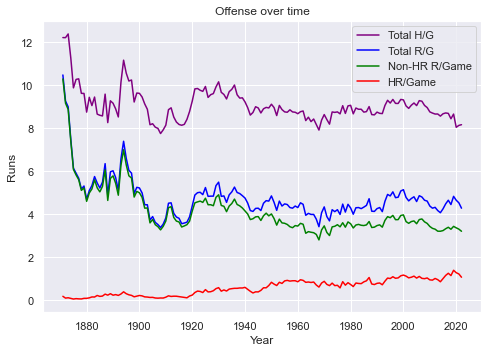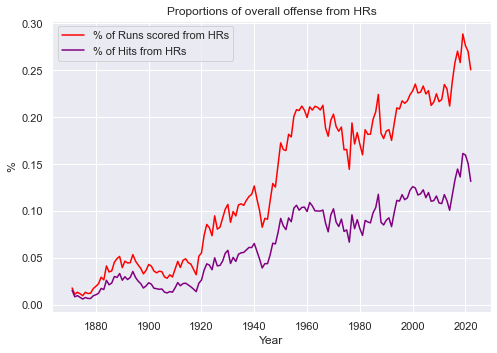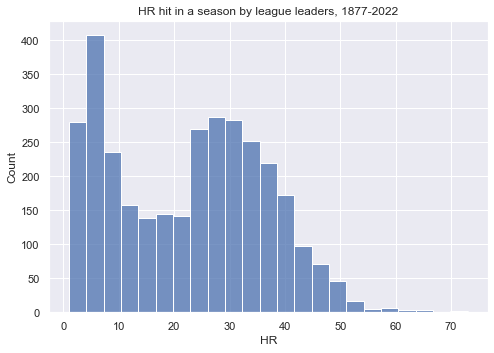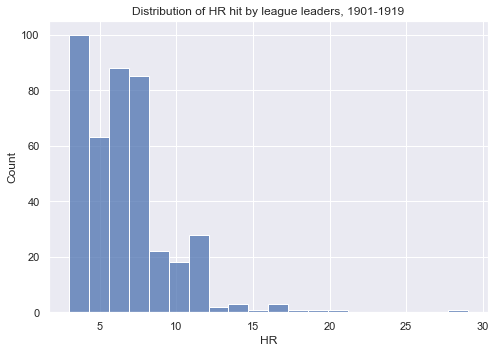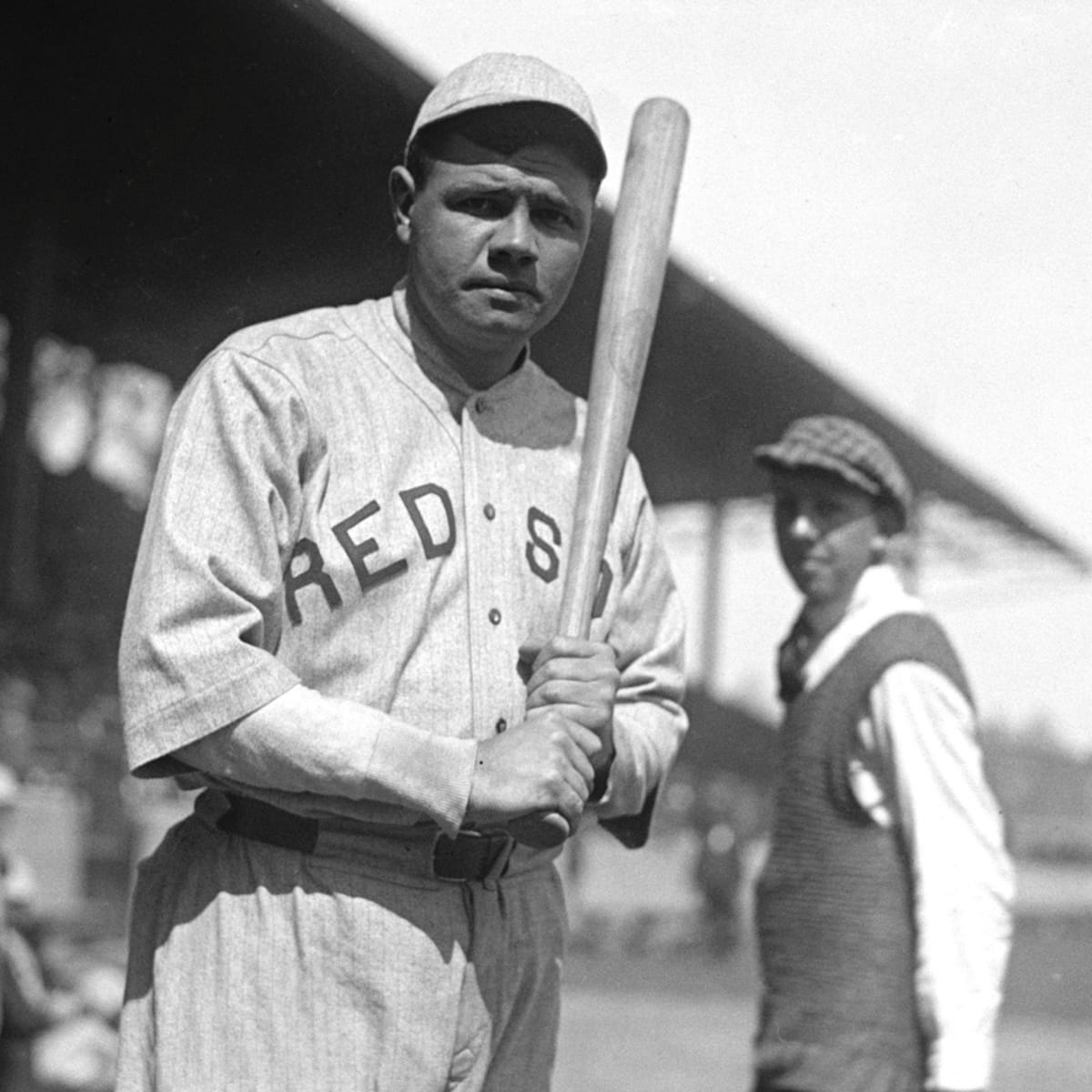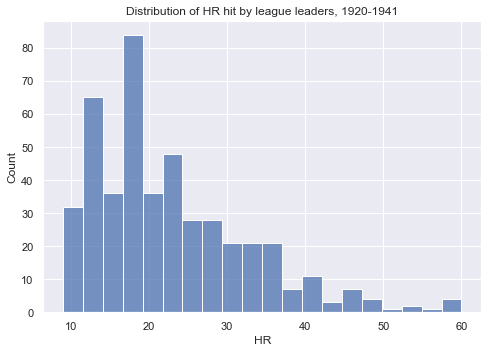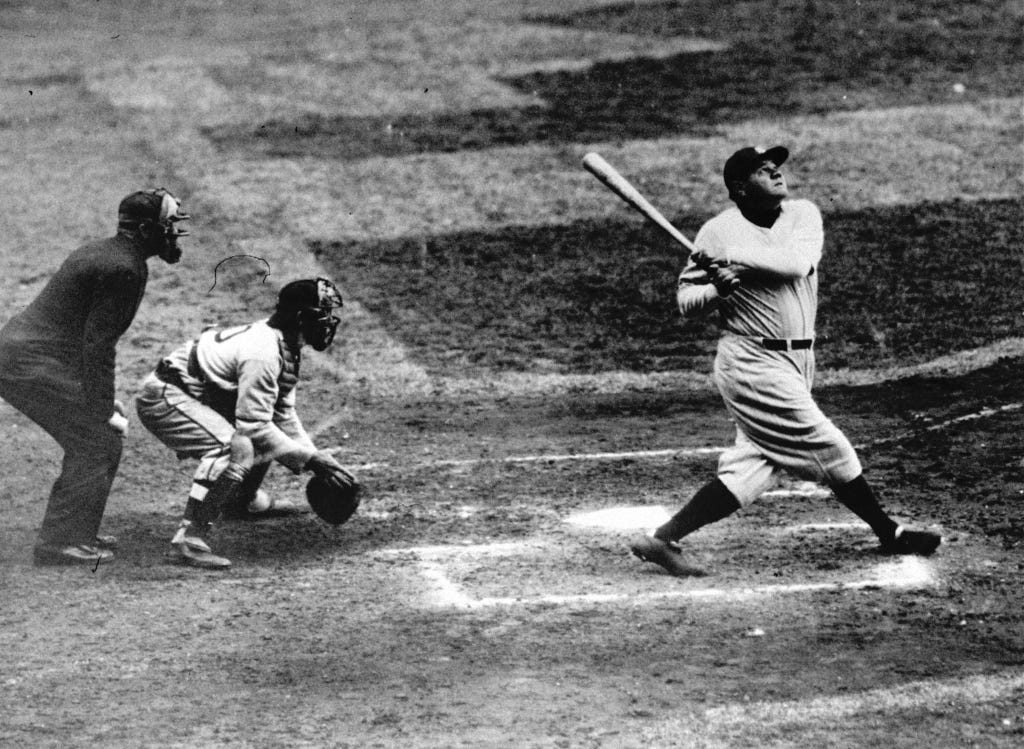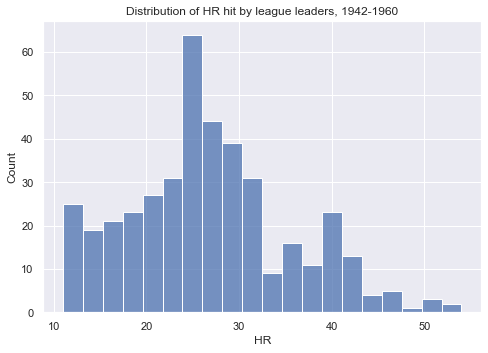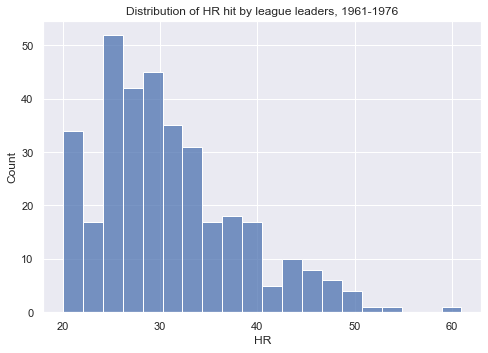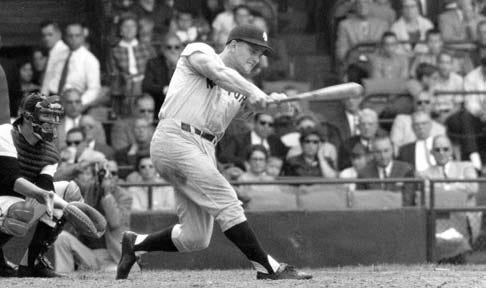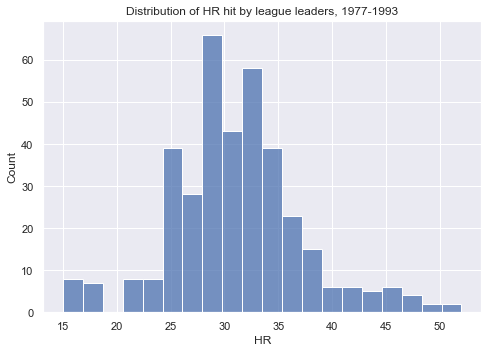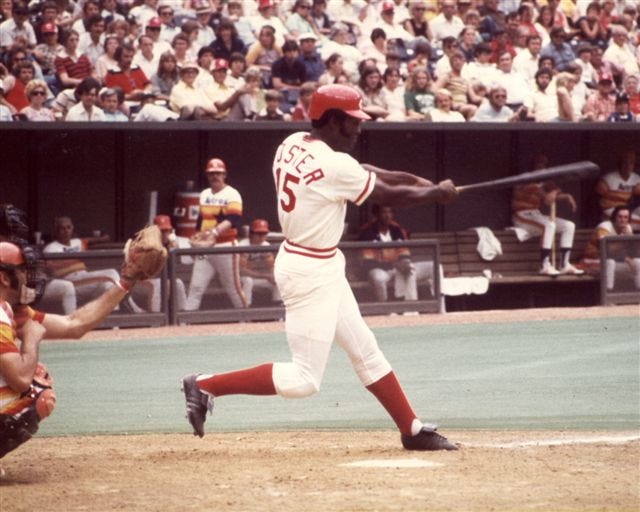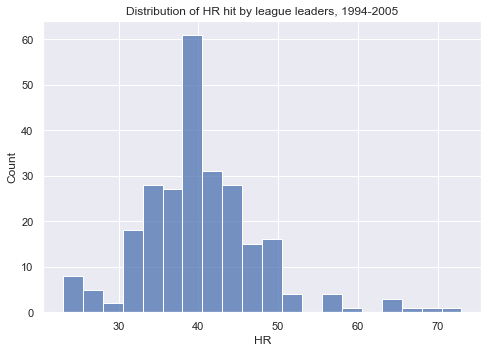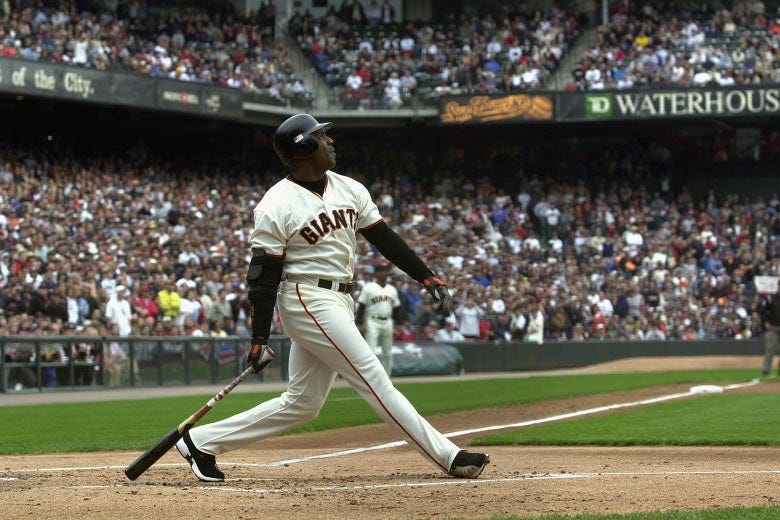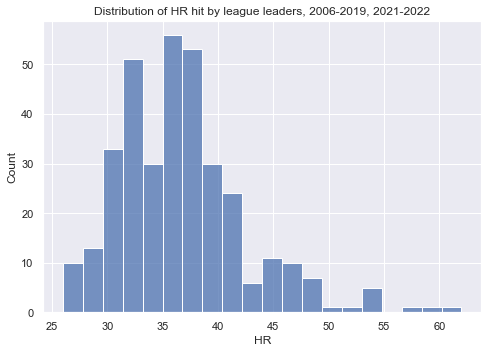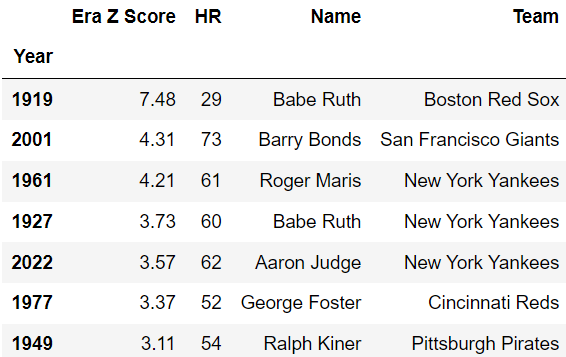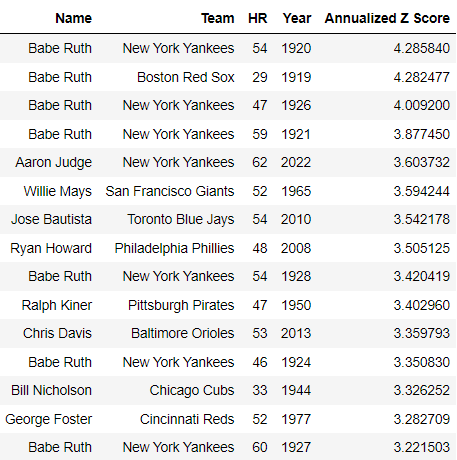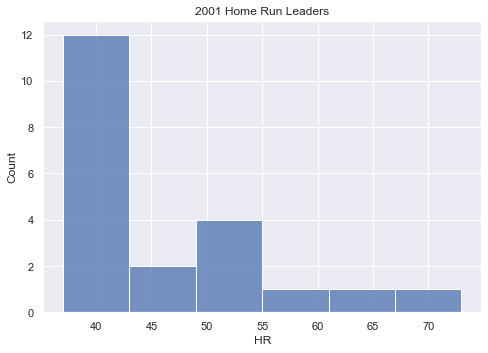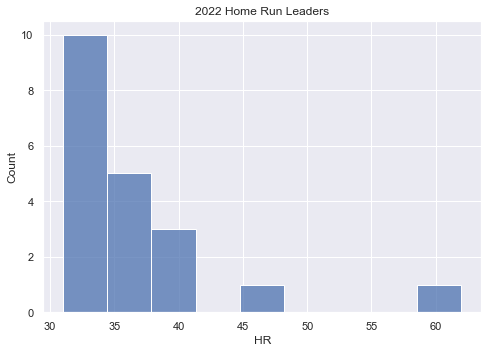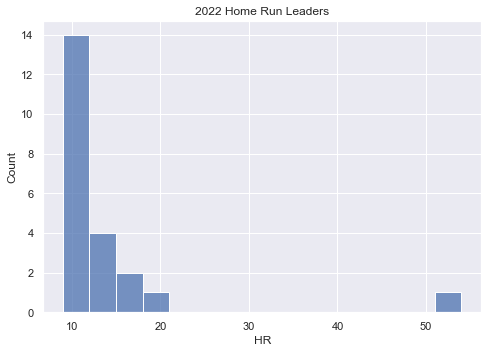Is 62 greater than 73?
Evaluating Aaron Judge's place in baseball's complicated home run history
The discourse around the *true* single season home run king reignites every few years in MLB circles, usually when a player hits his 50th or so home run. In the 2022 season, however, the Yankees’ Aaron Judge started the season off hot, and when summer started to turn to fall, the “if he keeps pace…” tweets started to turn to “when he hits…” think-pieces. On October 4th, 2022, Aaron Judge hit his 62nd home run of the season, passing Roger Maris to take the AL all time single season home run record. The significance of this accomplishment however, depends on who you ask.
Most arguments have fixated on the legitimacy of performances by PED-users. As a result, two vocal schools of thought have developed - one which believes the ultimate HR king and PED user Barry Bonds’ 73 homers in 2001 is the standard, and another which endorses Roger Maris’ “clean” 61 homer performance in 1961. Perhaps, however, we are fixating on the wrong measure of home run “kingship”.
One of the beauties of baseball is how much it has changed over such a long history. Balls have been deadened or juiced, positions have been added (DH), and the length of the season has changed out of necessity (2020 Covid season) or due to demand. Yet, there is a robust library of stats tracked over more than 100 years which allow us to observe how these changes have impacted player output. This allows us to gauge whether an offensive performance in one era would be impressive in another
Offensive output over time:
Average production per game has been fairly stable for hits (between 8 and 10) and runs (around 4.5) for most of baseball’s history. We do see, however, how much more integral the home run has become to scoring.
From the rates of home runs over the years in the above chart, we can identify clear regimes - areas of a time series which exhibit/adhere to certain characteristics. We can see, for example that between 1900 and 1920, the proportion of runs due to home runs stays fairly constant around 5%. We see a regime shift - a changing of underlying statistical characteristics around 1920 and then a new regime between 1920 and 1941, and so on and so forth. These regime shifts pretty cleanly map to the seven commonly-used baseball eras - namely the Dead Ball Era, Live Ball Era, Integration Era, Expansion Era, Free Agency Era, Steroid Era, and the post-Steroid Era, which we are in currently.
Looking at the top 20 home run hitters per year from 1877 to present highlights the need for era-based analysis:
The most common bin for league leaders in home runs to occupy is in the 5 home run range. It makes sense why these guys can’t, at face value, be compared to Barry Bonds’ 73. We will, however, identify era-specific single season HR kings, and show these players’ performances relative to other players in their respective eras:
Dead Ball Era (1901-1919):
League leaders in homers during the dead ball era seem to center around 7 or so home runs. The fact that you can hit one home run in a season and still make the league leaderboard speaks to the difference in length of season and the lack of offensive production. As we saw earlier, there was a lot of scoring then, but it must’ve been a lot of base hits.
Single season HR king: 1919 Babe Ruth, Boston Red Sox, 29 HR
Live Ball Era (1920-1941):
Ruth might’ve been a year or so ahead of his time - immediately after the season in which he hit 29 dingers, the offensive era changed, and more and more players hit over 20 homers. In the end, however, the Babe reigned supreme once again with multiple monster seasons during this era. This isn’t the last time he’ll be mentioned
Single season HR king: 1927 Babe Ruth, New York Yankees, 60 HR
Integration Era (1942-1960):
Up until five years into this era, black players weren’t allowed to play in the Major Leagues. Offensive power improved during this era, even with the usage of replacement players during WWII. Nobody, however, was able to touch Babe Ruth’s record during this span
Single season HR king: 1949 Ralph Kiner, Pittsburgh Pirates, 54 HR
Expansion Era (1961-1976):
The aptly named expansion era brought more teams and players into the league. There is once again another slight uptick in average home runs amongst league leaders from era to era. For the first time since the Dead Ball Era, we see an outlier to the far right - Roger Maris, who, until a few days ago, held the AL single season HR record.
Single season HR king: 1961 Roger Maris, New York Yankees, 61 HR
Free Agency Era (1977-1993):
This era was fairly comparable to the one that preceded it, but who knows what could’ve happened had there not been a strike-shortened season in 1981. It was a quiet period for home runs, and Roger Maris stood unopposed for the entire era.
Single season HR king: 1977 George Foster, Cincinnati Reds, 52 HR
Steroid Era (1994-2005):
Here’s where it starts to get contentious. This era of baseball was riddled with PED scandals and a commissioner who didn’t do a lot about them. It is a common feeling that a large chunk of the league was using PEDs at this time, and that even those who were not publicly lambasted for steroid use cannot be 100% exonerated from taking them. In this era we saw 6 player seasons which broke Maris’ single season record - two by Mark McGwire, three by Sammy Sosa, and 1 by Barry Bonds, all known to have taken PEDs.
Single season HR king: 2001 Barry Bonds, San Francisco Giants, 73 HR
Post-Steroid Era (2006-present, without 2020 Covid season):
At last, we’re back to the present. The post-Steroid Era has been defined by pitching - some of the most dominant pitchers in MLB history have taken the mound, and while average fastball velocities have approached 100, strikeout rates have climbed to some of the highest in history as well. As a result, average HR numbers have declined amongst the leaders, when compared to the steroid era (although total home runs have increased amongst the entire league). The biggest outlier for this era is one Aaron Judge, the new AL single season home run king.
Single season HR king: 2022 Aaron Judge, New York Yankees, 62 HR
So - whose performance is best?
To answer this question, we’ll be using z scores. A z score is a measure which captures how far a number in a list of numbers is from the mean of the list. Thus, a positive z score high in magnitude is very far positively from the mean of the series and vice versa. The z score, in this context, is a measure of how much a player overperformed relative to the other HR hitting leaders. First, we can compute this on an era-by-era basis, to see how a player’s performance compared to the average HR leader during years in each era:
This captures the “outliers” in the above charts - while Barry Bonds’ 73 home run performance in 2001 is the most homers of all time, Babe Ruth’s 1919 season of 29 home runs was just that much further away from his peers in the Dead Ball Era. When you consider Era-specific home run seasons, Babe Ruth’s 1919 season was the best, relative to his peers.
What about annually?
Since the baseball era definitions are made largely qualitatively (with some quantitative evidence backing them up as well), they are not perfect. It could be argued that Maris and Ruth’s 1961 and 1919 home run seasons, as they are on the edge of eras, could belong to different eras. In this case, to look at the best individual seasons, we compute the z-scores on a season by season basis:
This list can be thought of as a list of the most impressive home run hitting seasons of all time, when factoring the offensive context of the game. With that belief, Babe Ruth has had the top 4 best seasons of all time in this regard. Judge comes in at fifth, and Bonds is nowhere to be seen at the top of this list, likely due to Sosa, Luis Gonzalez, and Alex Rodriguez finishing fairly close behind him:
Judge in 2022:
And Ruth in 1920 stands alone:
Conclusion:
In my opinion, Barry Bonds is the single season home run leader in the absolute. Aaron Judge is the single season AL home run leader by the same logic. But, when you put these numbers in context, 62 is definitely greater than 73. And 54 is the greatest of all time.


